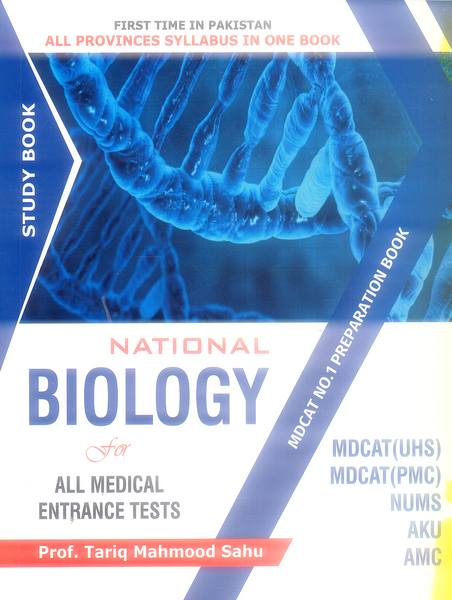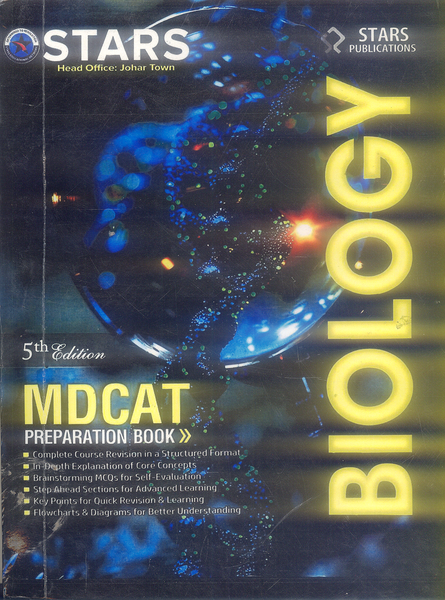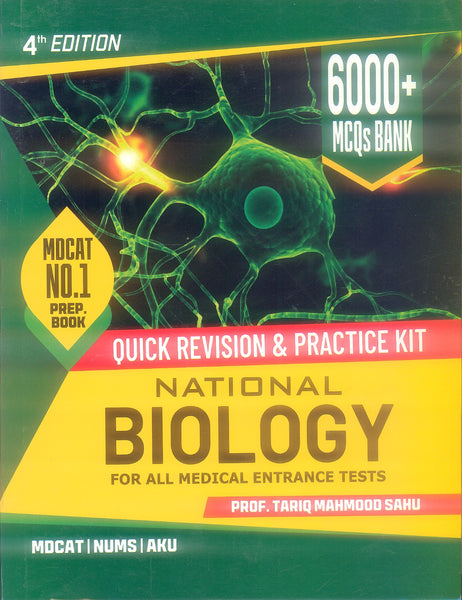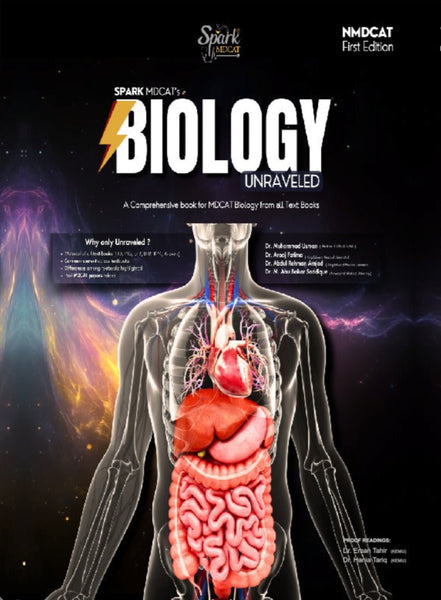Mechanobiology Handbook 2nd Edition by Jiro Nagatomi (Editor)
- Publisher: BIOLOGY
- Availability: In Stock
- SKU: 49394
- Number of Pages: 704
Rs.1,460.00
Rs.1,995.00
Tags: 2nd edition , best books , Best Price , Best Selling Books , Biological Systems , Biological Tissue Development , Biomechanical Forces , Biomechanical Modeling , Biomechanical Regulation , Biomechanics , Biomechanics and Disease , Biomechanics in Disease , Biophysical Interactions , Bone Mechanics , Cartilage Mechanics , Cell Behavior , Cell Migration , Cellular Adhesion , Cellular Communication , Cellular Deformation , Cellular Development , Cellular Forces , Cellular Growth , Cellular Mechanics , Cellular Mechanotransduction , Cellular Response , Cellular Signaling , Cellular Structure and Function , Cytoskeletal Dynamics , Eno Essien Ebong , Extracellular Matrix , Force Sensing , Jiro Nagatomi , Matrix Mechanics , Mechanical Forces , Mechanical Influence on Gene Expression , Mechanical Stimuli , Mechanical Stress , Mechanobiology , Mechanobiology Hand book , Mechanobiology Handbook , Mechanobiology Handbook 2nd Edition , Mechanobiology in Aging , Mechanobiology in Regeneration , Mechanobiology Techniques , Mechanosensitive Pathways , Mechanotransduction , Molecular Mechanisms , Muscle Mechanics , ONLINE BOOKS , Online Bookshop , Organoid Development , Stem Cell Biology , Tissue Engineering , Tissue Homeostasis , Tissue Mechanics
Mechanobiology Handbook, 2nd Edition
Editors: Jiro Nagatomi, Eno Essien Ebong
📘 Introduction
The Mechanobiology Handbook, 2nd Edition, edited by Jiro Nagatomi and Eno Essien Ebong, offers an in-depth exploration of the intersection between biology and mechanical forces. Mechanobiology is the study of how mechanical forces influence biological processes, which is critical to understanding the functioning of tissues and organs in both health and disease. This comprehensive reference compiles the latest research and methodologies in mechanobiology, providing an invaluable resource for researchers, students, and practitioners in the fields of biomechanics, tissue engineering, cell biology, and regenerative medicine.
📖 Key Features
-
Comprehensive Coverage of Mechanobiology:
-
The handbook offers a broad overview of the principles of mechanobiology, exploring how mechanical forces influence cell behavior, tissue development, and organ function. It spans multiple disciplines, including biology, engineering, and material science.
-
-
Updated Research and Methodologies:
-
This second edition brings together the latest findings and experimental techniques in mechanobiology, covering topics such as mechanotransduction, the role of extracellular matrix, tissue engineering, and the mechanical properties of cells. New research methodologies are also highlighted, showcasing advancements in imaging, force measurement, and molecular analysis.
-
-
Focus on Practical Applications:
-
One of the key strengths of the book is its emphasis on real-world applications. The editors have included chapters on the use of mechanobiology in areas such as regenerative medicine, wound healing, and stem cell therapy. This makes the content highly relevant to researchers and professionals working in biotechnology and clinical settings.
-
-
Interdisciplinary Approach:
-
The handbook emphasizes the interdisciplinary nature of mechanobiology, integrating insights from physics, engineering, and biology. This approach is crucial for understanding how mechanical forces interact with biological systems at various scales—from molecular to tissue and organ levels.
-
-
Contributions from Leading Experts:
-
The second edition features contributions from a diverse range of leading experts in the field. These chapters provide readers with cutting-edge insights into the state of the art in mechanobiology, ensuring that the content is authoritative and up-to-date.
-
🎯 Conclusion
The Mechanobiology Handbook, 2nd Edition is an essential resource for anyone interested in the field of mechanobiology. It not only covers fundamental concepts but also presents the latest research and applications, making it a valuable tool for academics, clinicians, and engineers working at the intersection of biology and mechanical forces. Whether you're looking to explore the role of mechanics in cell function or apply mechanobiological principles in biomedical engineering, this comprehensive volume is an indispensable guide to the field.

























